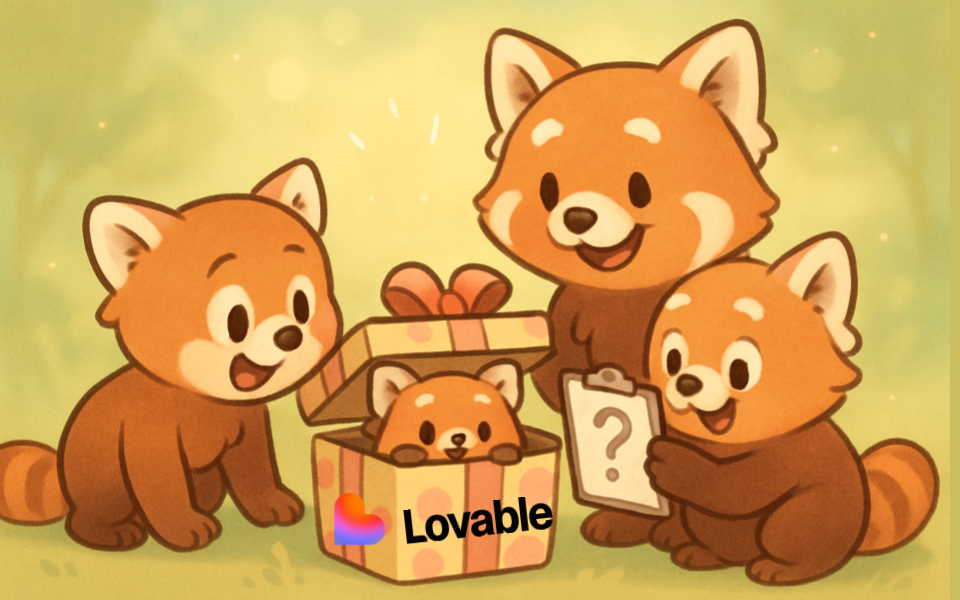FAQs on becoming a Product Manager
- Harshal

- Feb 3, 2021
- 7 min read
Updated: Jun 11
After my recent talk via Product School about getting your first PM job, I got a few follow-up questions via LinkedIn, Whatsapp, Slido, etc. To be thoughtful in my answers, I decided to spend some time thinking and writing them down. I’ve arranged the questions below in descending order of frequency that this topic came up. I’ll share my thoughts for each.
Getting PM experience before PM job
The most common question was on how to get some product management experience, such as via volunteering or internships, to get one’s first PM job. This was a potential confusion I’d identified in my talk and could only cover it in the appendix (see speaker notes of the slide deck) due to the time constraints of the talk. The content of the talk is intended for PM aspirants without PM experience and is applicable for anyone trying to get a PM job without the experience.
You might’ve seen one of these memes for this concern. I’ll take a different approach to explain it here.

First, learn what a Product Manager does in their role. Refer to the “Read about PM for functional Qs” and “practice to structure your answers” slides of the talk. Second, what are the gaps between what a PM does and what experiences you’ve had? As a former engineer, I did not have experience with external customers or revenue/pricing decisions. Additionally, what are the gaps interviewers will stereotype you to have? Hiring teams would assume an engineer to be too analytical and down in the weeds; and not have good soft-skills or ability to think of the big picture.
Knowing the gaps in your experience, consider opportunities to fill in those gaps. You can create opportunities by expanding your involvement in existing activities. Personal examples:
I was part of a nonprofit where I organized events, worked as part of the core team to define the nonprofit’s future direction and got involved in a financially-involved project. These experiences helped me learn and showcase soft-skills, leadership, monetary know-how, big picture thinking, and prioritization.
I worked with an orphanage to build an online presence for them including SEO and social media presence. I learned and showcased marketing, design, and metrics know-how.
Other experiences that I could’ve gained but didn’t are entrepreneurial in nature. I could’ve worked with my martial arts instructor to help popularize his classes online and interviewed his students as customer research to present the most appealing promotional message.
Or, as a pianist, I could’ve started online or in-person classes, expanded my YouTube channel, interviewed other musicians, or interviewed friends interested in learning to play an instrument.
There are other opportunities that are harder to get. In general, an experience in the “work experience” section of your resume is more powerful than an experience in the “additional” section, although all of them do contribute towards keywords. I interned as a Product Manager at Senergy Intellution, Cisco, and TeleSign. In the internships, I went in with a plan for the activities I want to gain out of them, above and beyond the tasks I’ll be given. It is common for PM interns to get tasks that a full-time PM rarely spends 2-3 months on. So, I built bonds with go-to-market teams and other PMs to get face-time in front of customers and get to shadow PM meetings beyond my internship projects. For my projects, I also requested the opportunity to present my recommendations to executive leadership to learn and showcase upper management communication skills.
The challenging part of getting a PM internship is the chicken and egg problem of getting a role (even if an internship) for something you claim to not know. To break out of the vicious circle, focus on
knowing your gaps and finding projects within your current role or hobbies
retrospecting to your experiences and seeing how you might have filled those gaps in if you’d thought as a PM and
know what skills of yours can help you make an impact in week 1 in an internship.

Lastly, follow the same trajectory for getting a PM intern or PM volunteering opportunity as we discussed in the PM job hunt talk - process, prioritize, and prepare through all the steps of knowing which companies or organizations you are targeting, reach out to folks, prepare well for your informationals. Every conversation is an opportunity for you to sell yourself.
Some high-level steps (similar to the talk):
Find a list of startups or organizations you are interested in or who have posted job opportunities. Any job opportunities, not just a PM or PM intern role, as you want to know whether they are understaffed.
Find employees in these startups or nonprofits.
Reach out for a chat where you highlight the value you can bring to them and the specific PM tasks you will seek out in your own time.
Take up opportunities even if not ideal e.g. very junior or not PM roles. Once in the role, show your value by going above and beyond. Learn PM skills along the way.
Day in the life of PM
Some attendees wanted to hear about a day in my life as a Product Manager. I hope these two perspectives here contribute to your understanding of the PM job. Here is an article I wrote about my role at Twilio in 2020. Here is a similar article, written by Nikitha Suryadevara and me, comparing our roles as a customer-facing PM at VMware and as an internal-facing PM at Twilio.
Conducting several informational interviews with people of interest would help you understand the PM role better.
Non-techie PMs and API-based PM role
I got questions such as “If I do not have an engineering background, should I learn to code?” and “Does an API-based PM role have specific requirements/challenges?”
To think through this question, I thought about the day in a life of a PM. PMs often work closely with engineering, designers, and marketing and collaborate with GTM, support, analysts, et al. PM also talk with customers to understand how they use our product and their needs. So, having basic know-how of sales, solution architecture, customer support, and data analytics would help you work with the secondary teams. Understanding your product, how your product is used, and empathizing with your customers will help you understand how your product fits in their life and what are their needs. Lastly, understanding the work of a designer, an engineer, or a product marketer would help you work closely with them on a daily basis.

What does this mean? You need to know technology, design, and marketing sufficiently.
For more on picking up the basics of tech, read Nikitha’s post Technical skills to break into product management.
For more on picking up the basics of design, follow newsletters such as Adam Silver’s Good Design. More newsletter suggestions at Curated ways to stay up to date with technology - Part 2, Curated List.
I don’t know of any source to learn the basics of marketing; I learned it from my MBA courses and haven’t needed to search for more sources.
You also need to understand the customer. For example, if you are selling an API, your end-users are likely developers while your customer types also include PMs, IT heads, and so on. So, you need to have empathy for how a developer works and what matters for them. So you need sufficient familiarity with the development of products. Beyond the Technical Skills I hyperlinked to above, this is the only thing required specific to an API-product PM job.
Metrics and tools
What metrics do you track post-launch and what tools and techniques do you use to track and visualize them?
There are 2 basics about metrics to start with:
Recognize and distinguish between inputs metrics and output metrics. Here is a take from Business Insider on Jeff Bezos’ letter on the same. It is easier to think of output metrics but input metrics are more in the product team’s control. Revenue generated by your product is an output metric that is not just driven by your effort since it also involves GTM teams, etc. Input metrics have a tighter feedback loop between the metric and your feature iterations.
Identify intermediate metrics or leading indicators apart from end-goal metrics or lagging metrics. Here is one take and here is another. Reduction in support tickets or revenue generated are lagging metrics whereas page views or sales pipeline statistics are leading metrics. Defining the leading metrics helps see the impact and guide your feature iterations.
I find two approaches towards becoming data-proficient:
Get comfortable with SQL or MS-Excel/G-Sheets. Either will help you think about which data is valuable vs which isn’t, what data to plot, and what is not relevant. Swimming in more data than you need and filtering from that to the data you need using pivot tables or filters are valuable learning.
Get used to visualizing any information you have. E.g. if I will have about 70% of email recipients open my email from substack, and 30% of readers will click on one of the links in my email, then I can visualize it as a funnel going from 100% to 70% to 21% (30% of 70%). Check out my series on Curated ways to stay up to date with technology - Part 1, Framework or Applying KPIs to diet: Ranking Fruits and Vegetables to get an idea of visualizing non-business information.
I use tableau, google analytics, heap analytics, zendesk data, jira data, SQL tools such as looker on top of redshift and presto, salesforce data, and email tracking data to identify metrics - all of which I picked up in a PM job, not before. Tools-specific knowledge does not matter as long as you talk using data for your experiences.
Career Gaps
I have a career gap and am transitioning to product management with no prior experience, how to get into an entry-level or intern post for PM?
I’ve already touched upon getting your first PM job. The recommendations remain the same for someone with a career gap. There are two ways to step forward after a career gap - 1) continue in a job similar to previous experiences to get the job quickly and continue gathering experience or 2) spend more time without a full-time job to continue on the steps we’ve discussed above for getting your PM role. Choosing between those is a personal preference.
What’s next…
This concludes my post-event follow-up from the talk. I’ll next write about some PM experiences or non-work PM-ish activities. Which areas of Product Management are you interested to hear about?
Originally published at https://harshalpatil.substack.com on Feb 2, 2021









